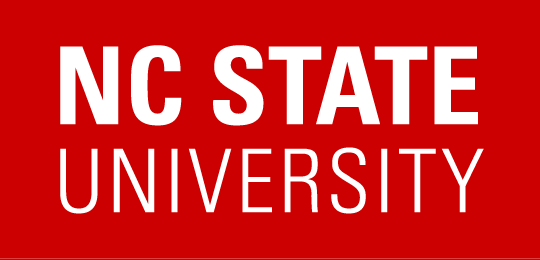Only at NCSU can DVM students spend the week before their winter holiday break studying the health management of marine mammals. This year the added bonus was warm and sunny December weather. Students from the College of Veterinary medicine in the DVM program gather at the Center for Marine Sciences and Technology in Decembers of alternate years, for a week-long intensive course in marine mammal medicine.
Taught by Professor Craig Harms, Director of EMC Marine Health Programs and Professor Michael Stoskopf, Director of the EMC, the course immerses students in the material they need to understand and respond to marine mammal health needs in the wild and in captivity. It is not a “gut” course by any means despite the beach ambiance. There are at least 8 hours of contact teaching daily for 5 solid days, examining everything from anatomy to zoonotic diseases. Guest lecturers from the NC Marine Mammal Stranding Network, the NC Maritime Museum, and Duke Marine Lab add to the academic rigor and provide important insights into anatomic adaptations, stranding response and history and acoustical challenges for marine mammals in today’s oceans.
A favorite for many students are the cetacean necropsies, which allow veterinary students a chance to explore the anatomy and adaptations of several cetaceans in a close, hands-on setting, following the same processes that would be used in the field. Though the insights of gross pathology examination of dolphins that have stranded on NC beaches solidify the classroom discussions of anatomy and physiology, students also take cases to completion in the histopathology laboratories. There they identify tissues and read out the lesions for their own assigned stranding cases taken from the CMAST CVM histopathology archives.
Mock stranding exercises on the beach behind CMAST provide students with the opportunity to integrate all of the theory provided in their classroom sessions as they respond to scenarios developed and directed by the faculty and staff to simulate real stranding events. Students develop insight taking the roles of first response and veterinary team members as well as those of news reporters, and the public during the stranding events.

Movie Night, a selective favorite this year, was held at the Maritime Museum. Good popcorn and pizza fueled discussion of the philosophical and technical issues in “A Dolphin’s Tale”. Ultimately, the week of hard work gave students interested in a career in aquatic animal medicine or simply exploring outside the typical veterinary curriculum, a thorough foundation from which to pursue further the study and care of marine mammals, both captive and wild.




